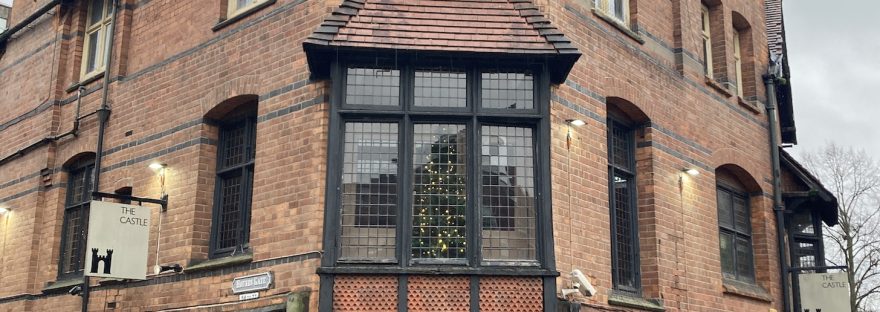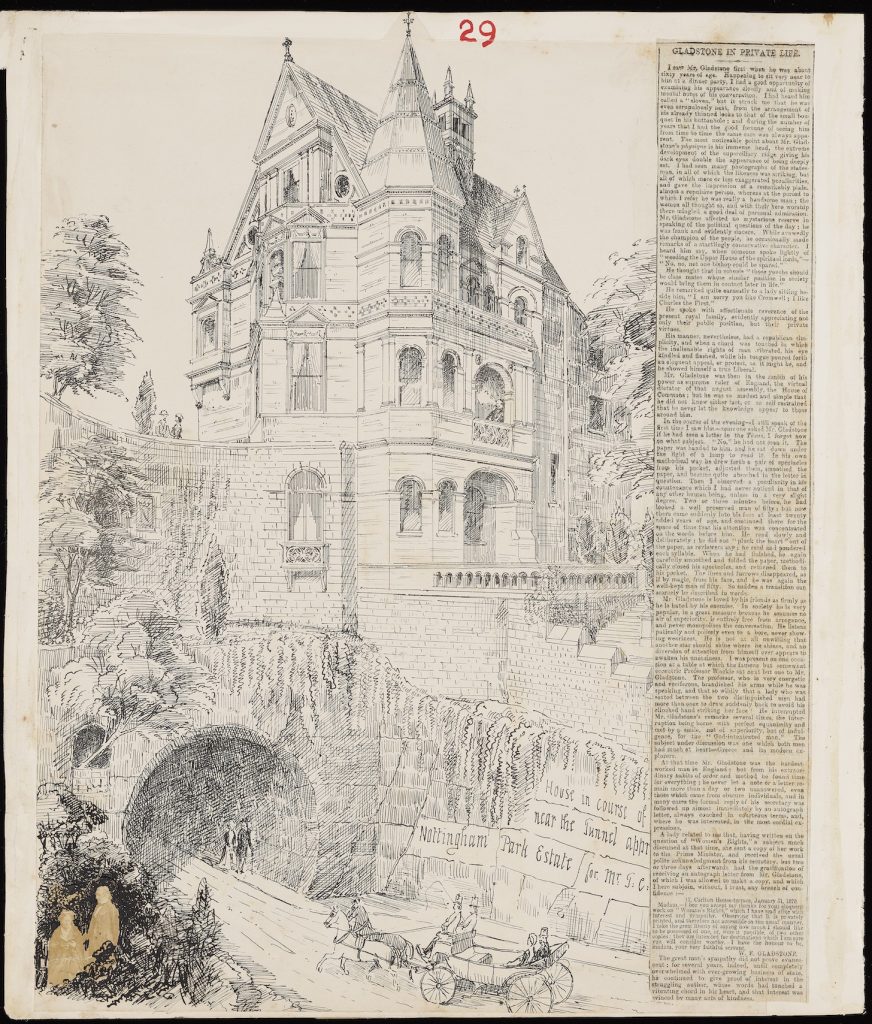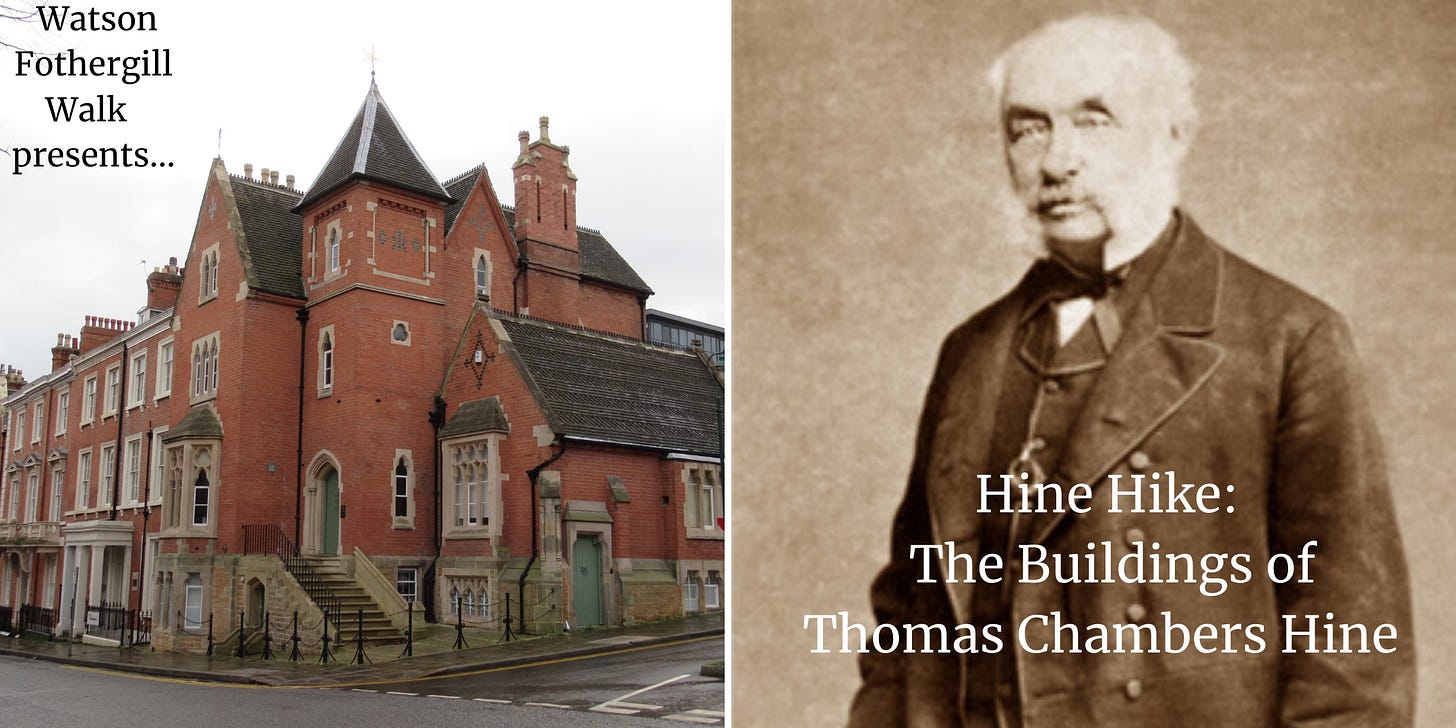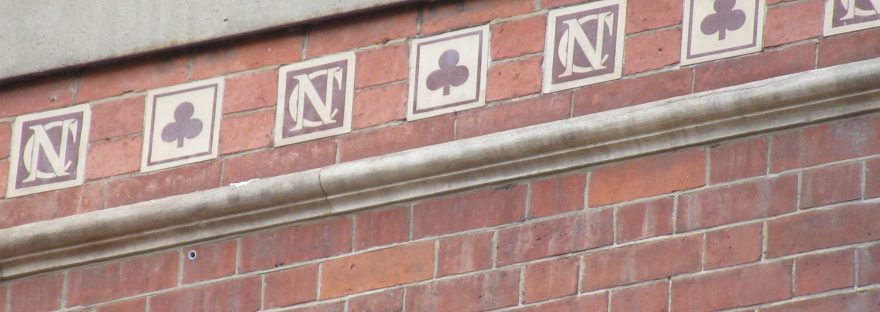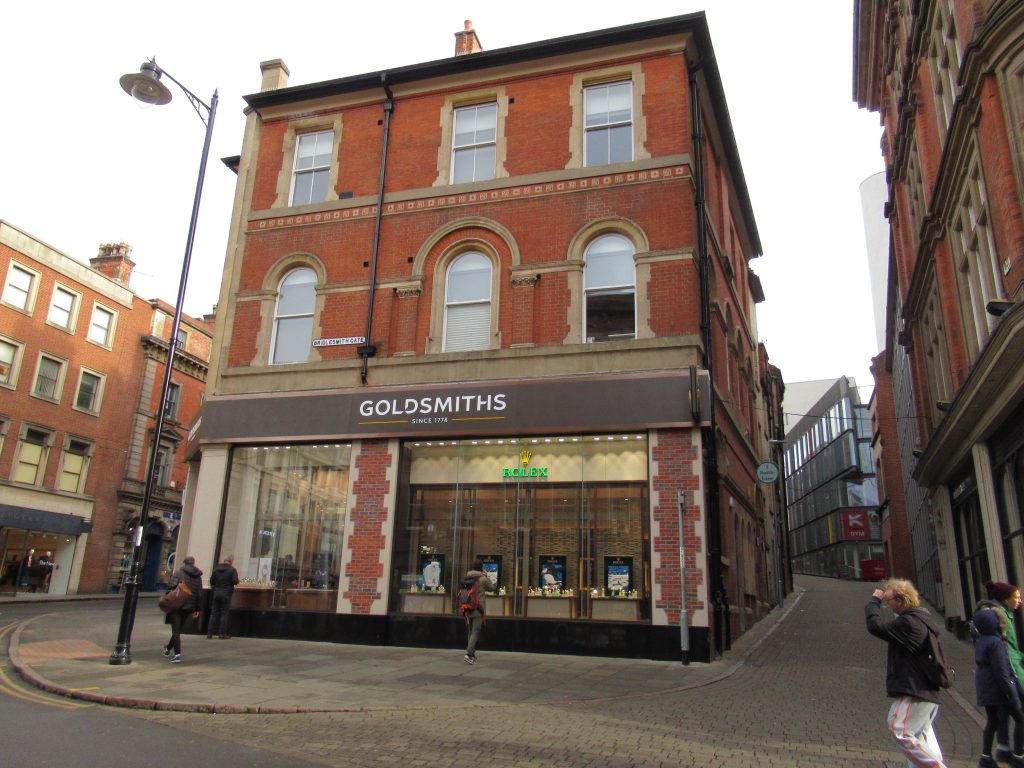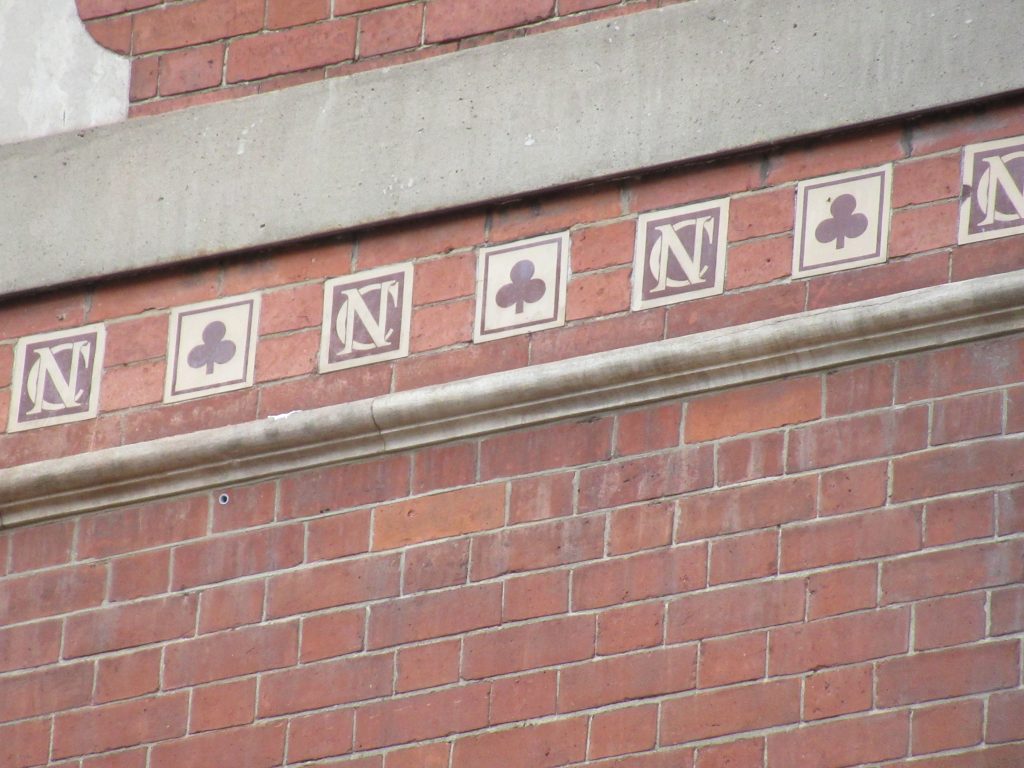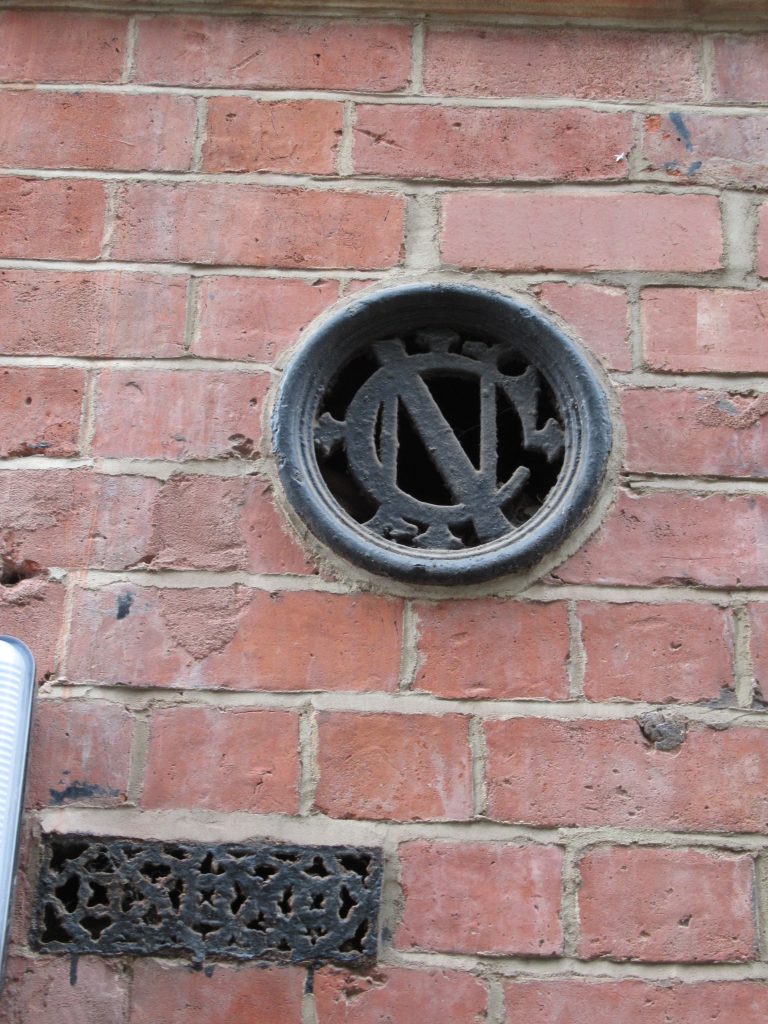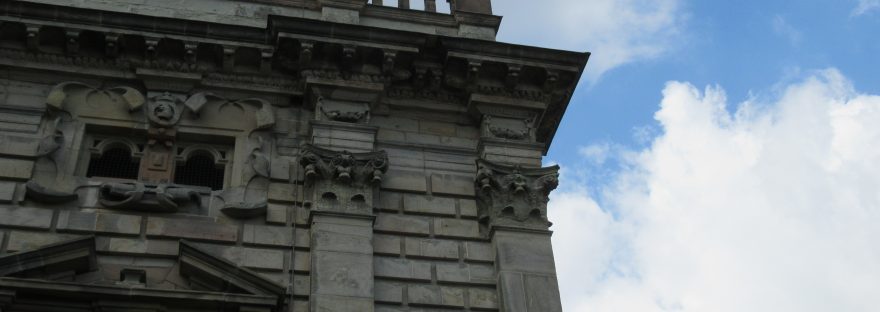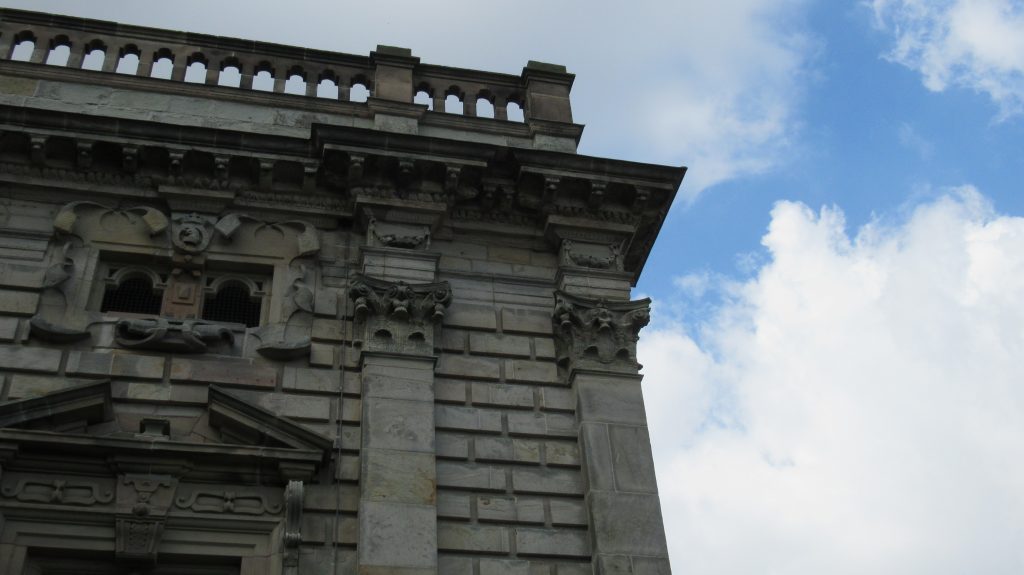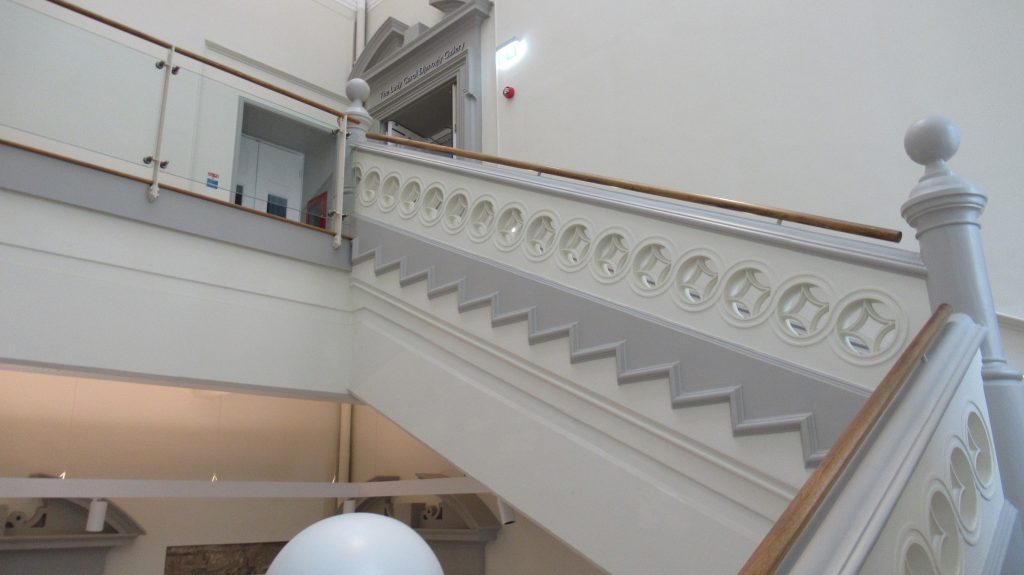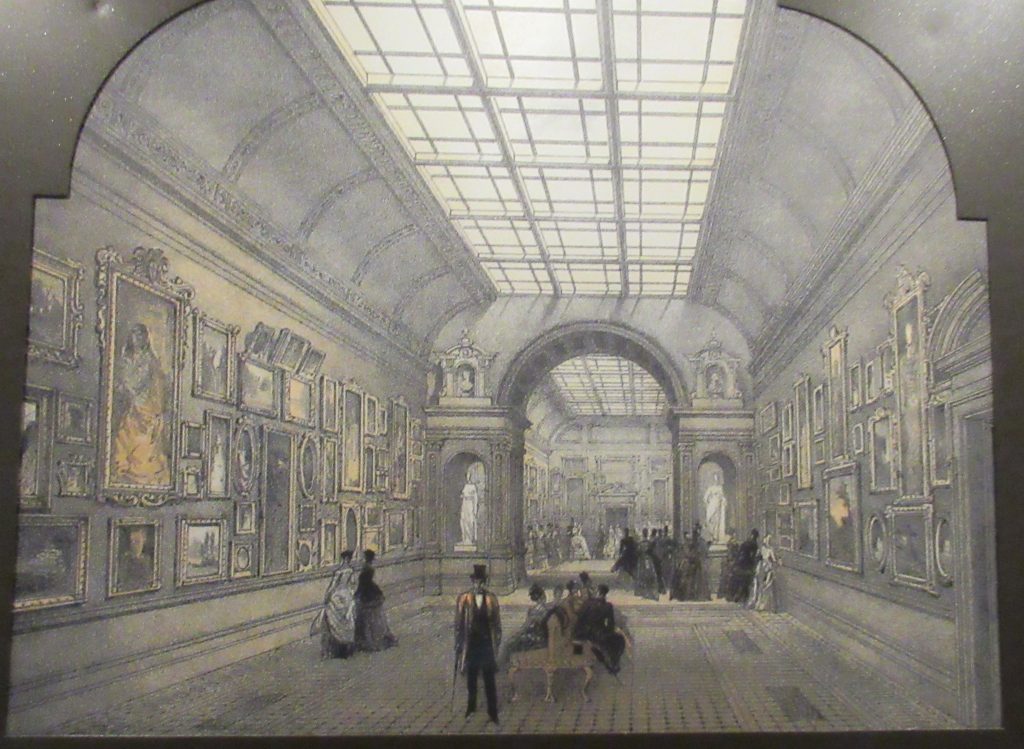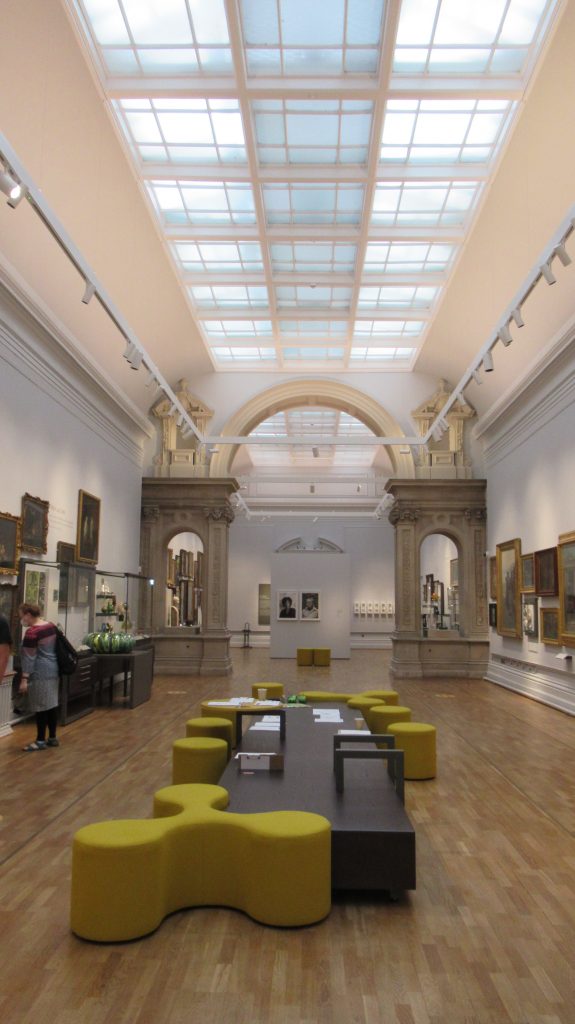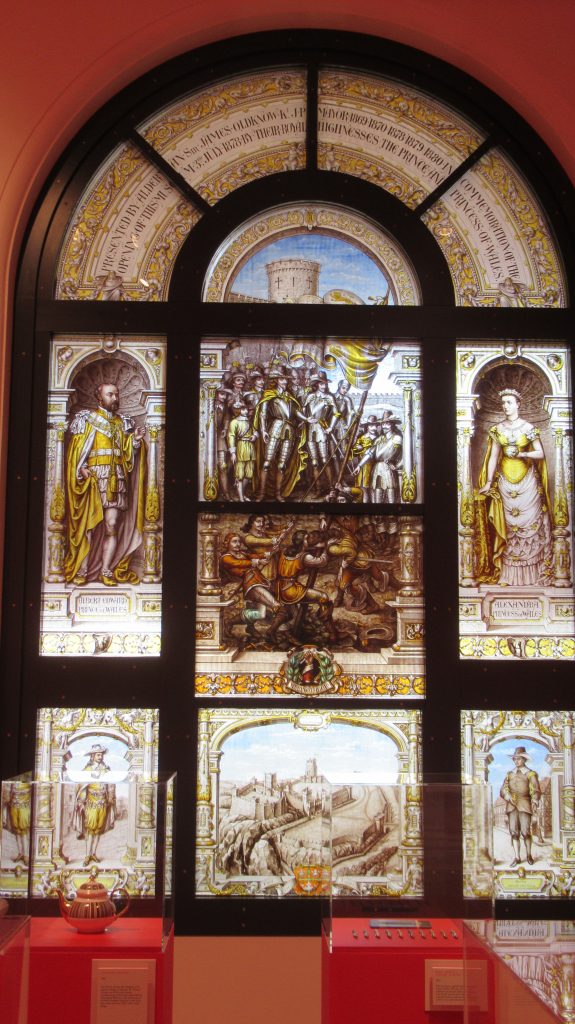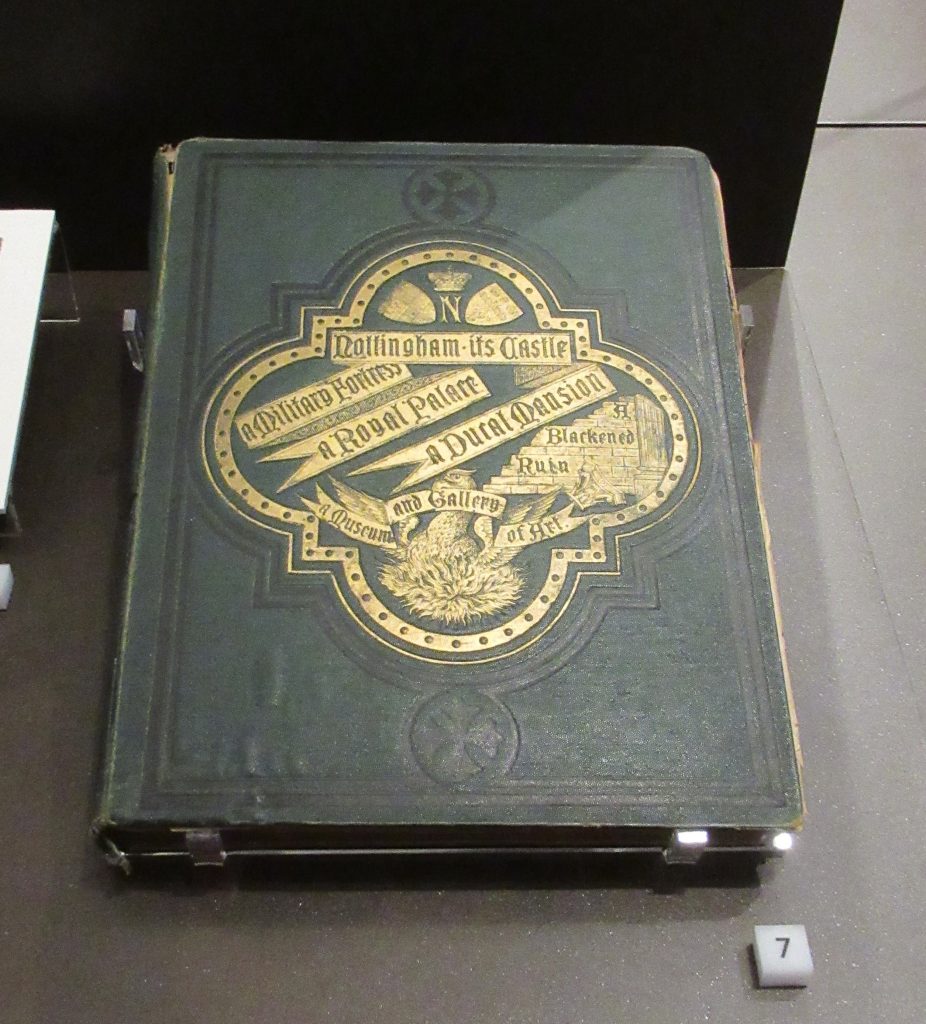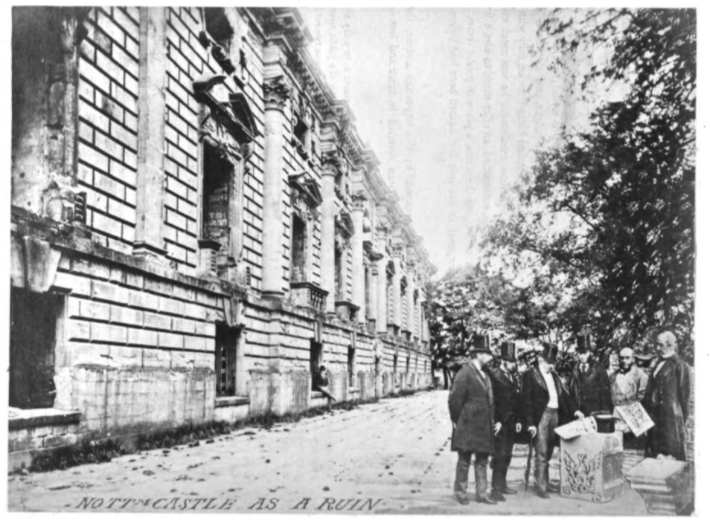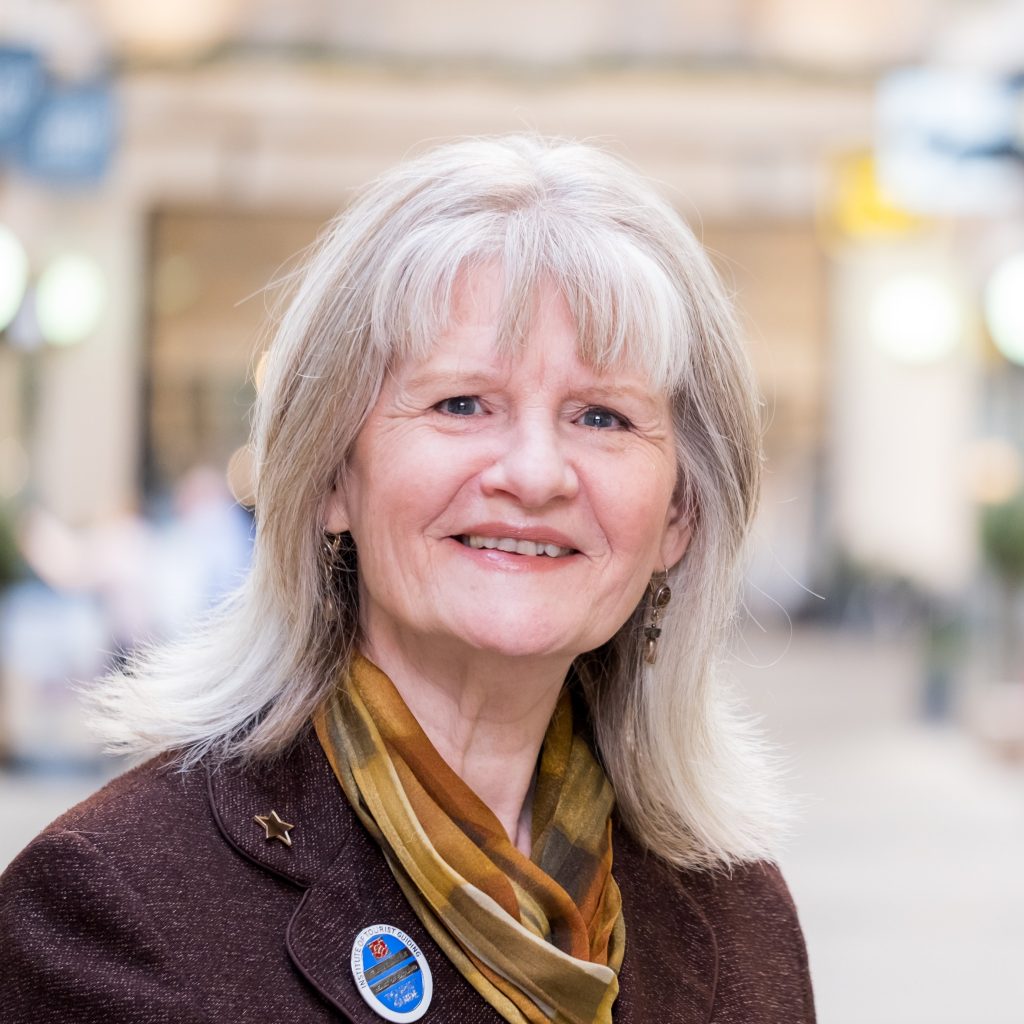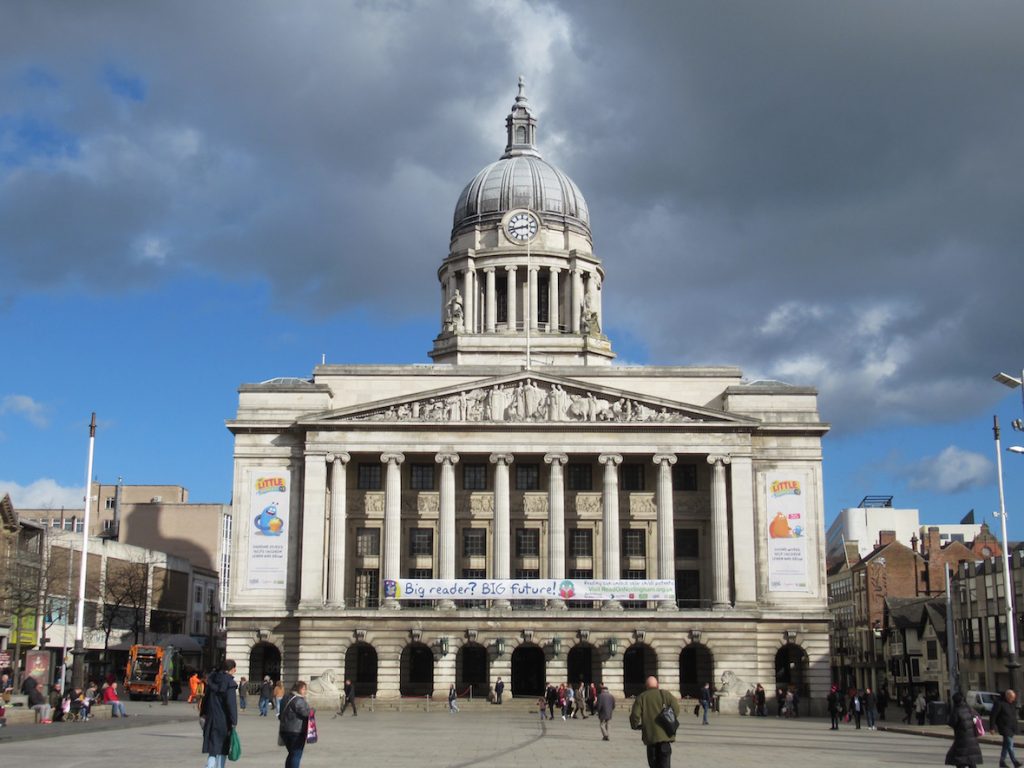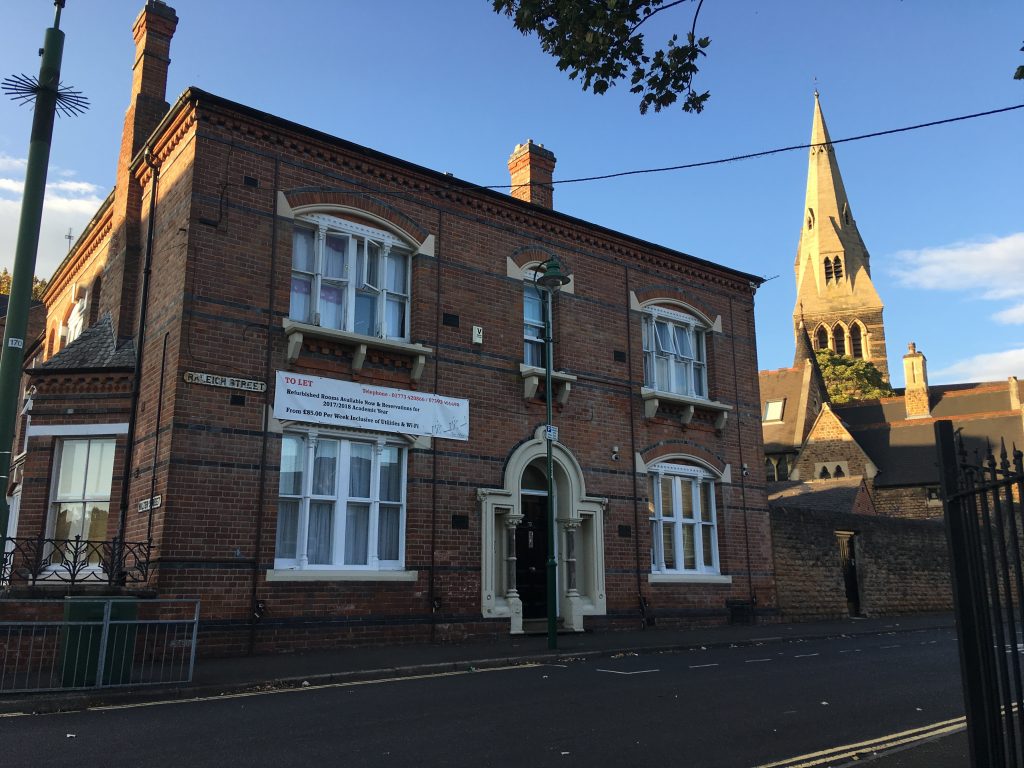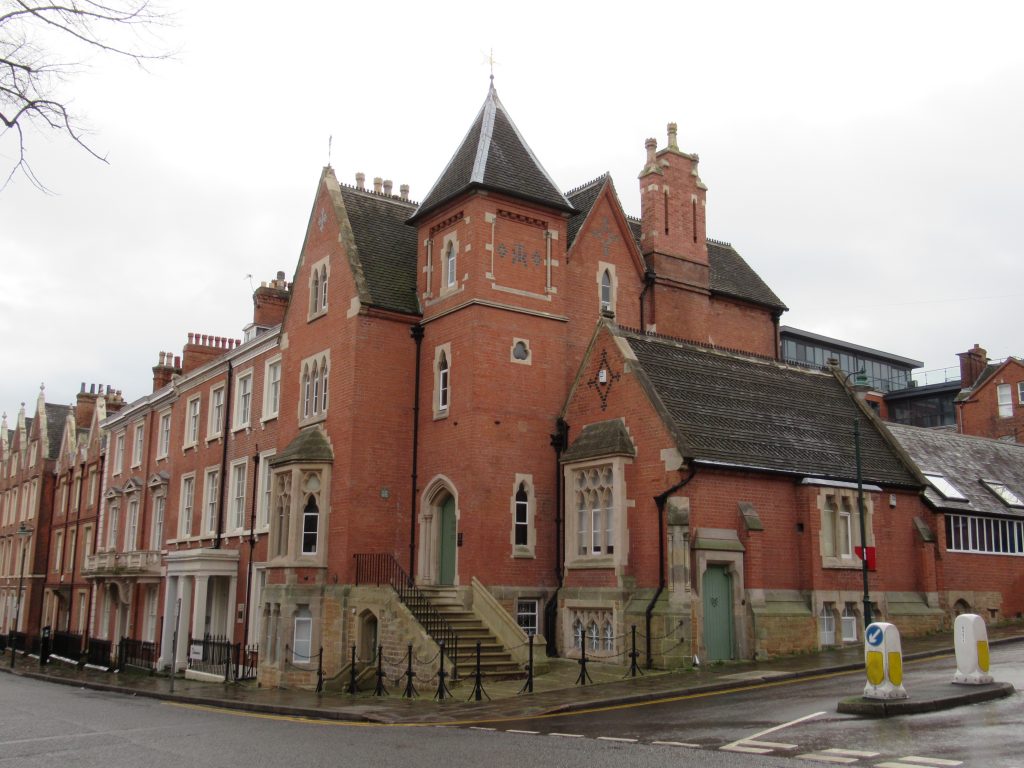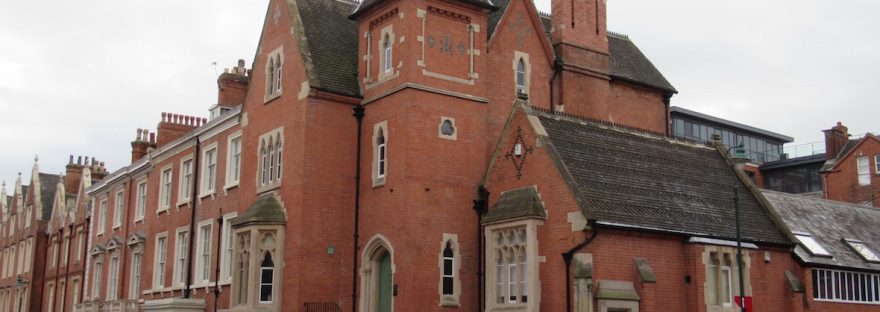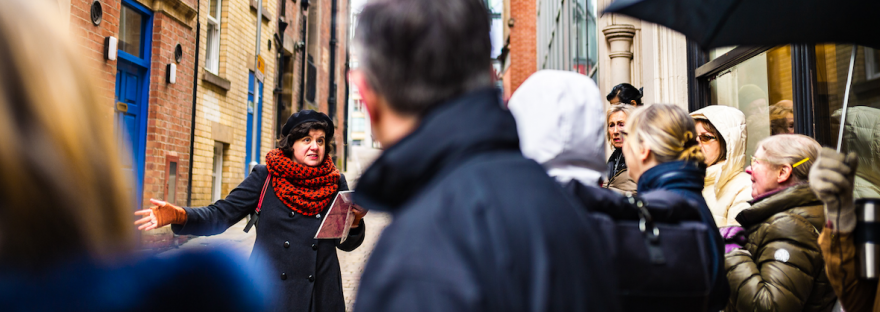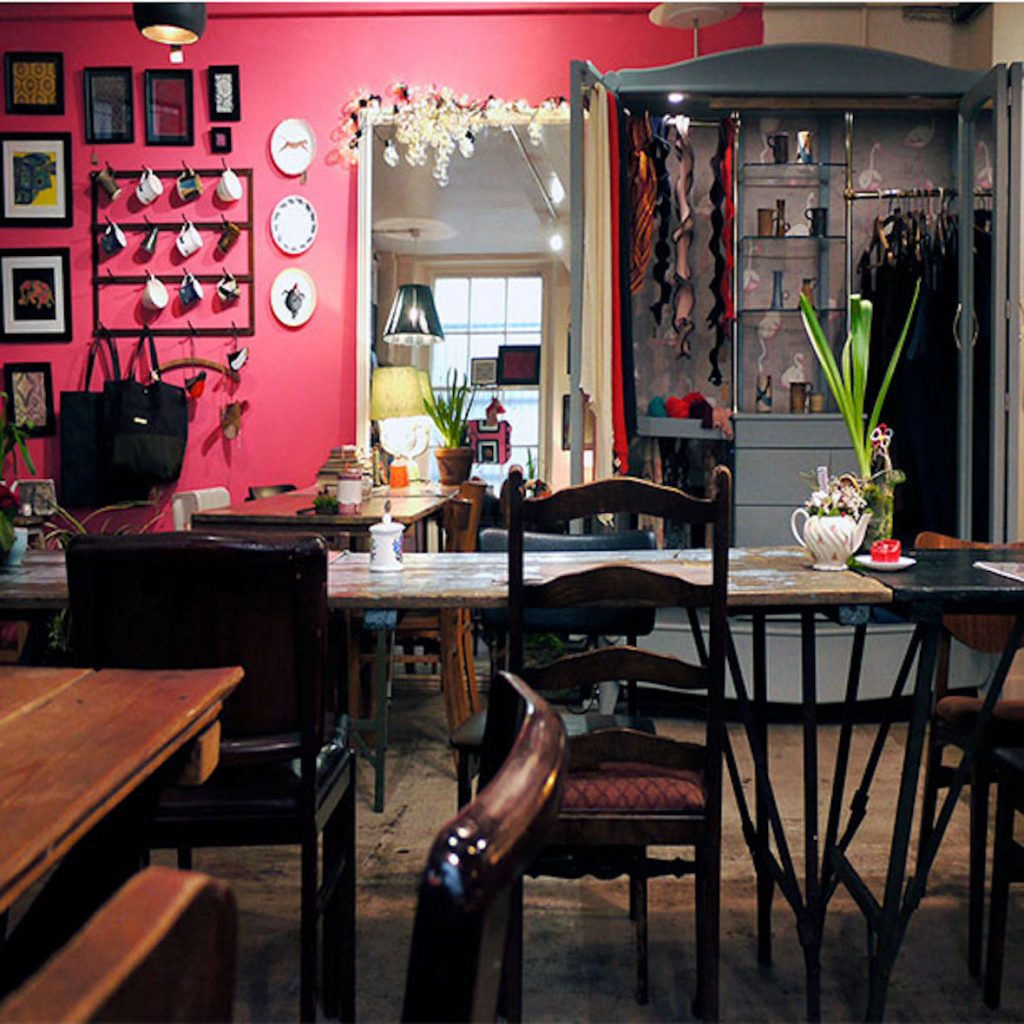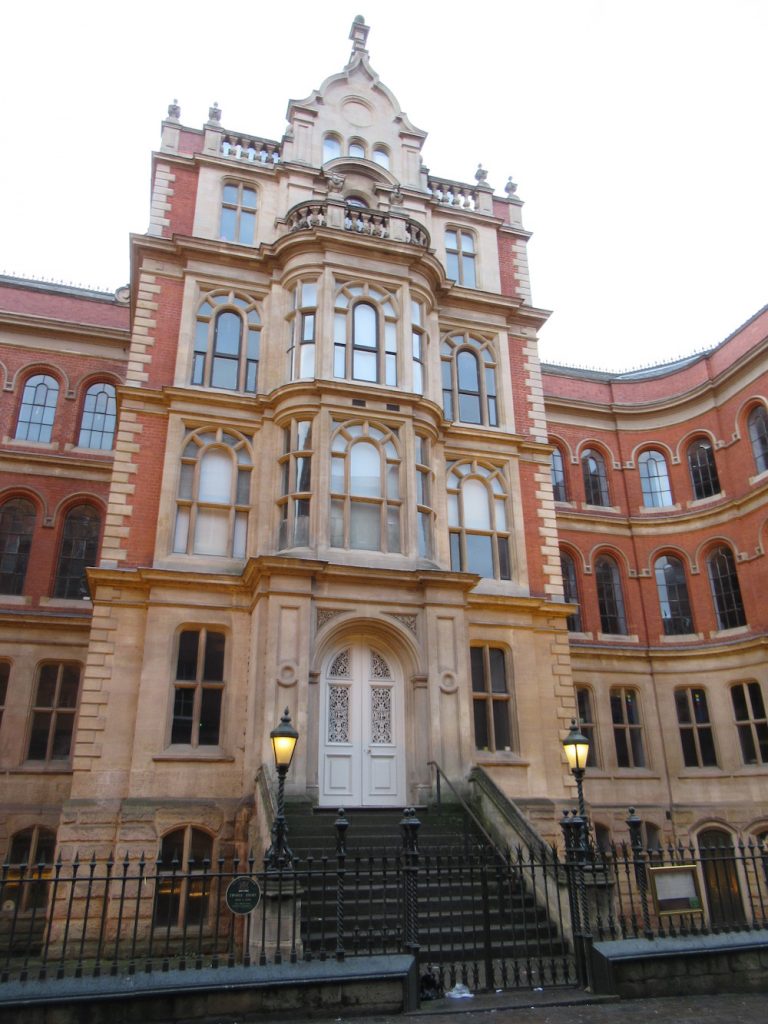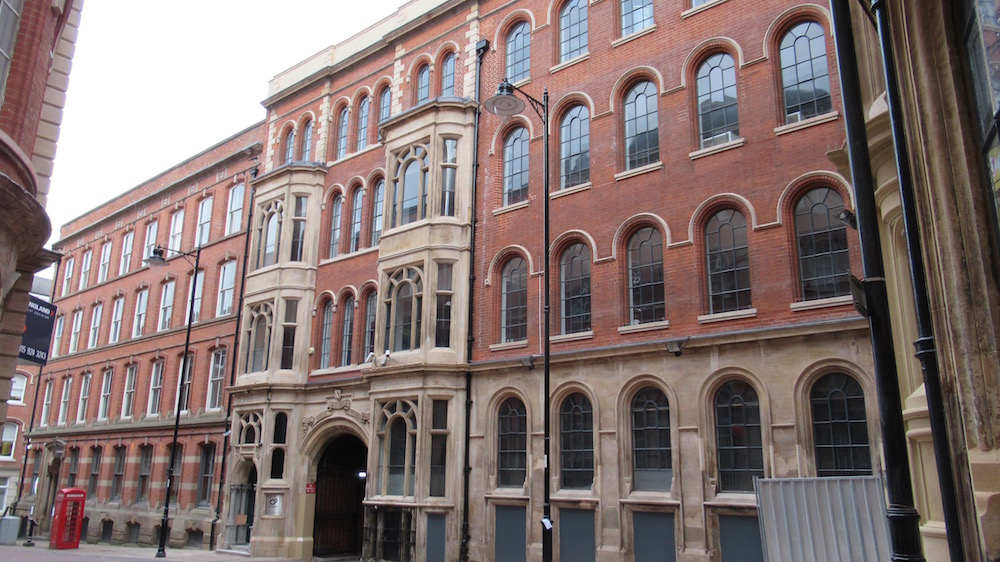Book the newly renovated function room in a Fothergill building
Thanks to everyone who came to the Introducing TC Hine event at the University of Nottingham. It was great to see some familiar faces and to explore the City as Lab project.
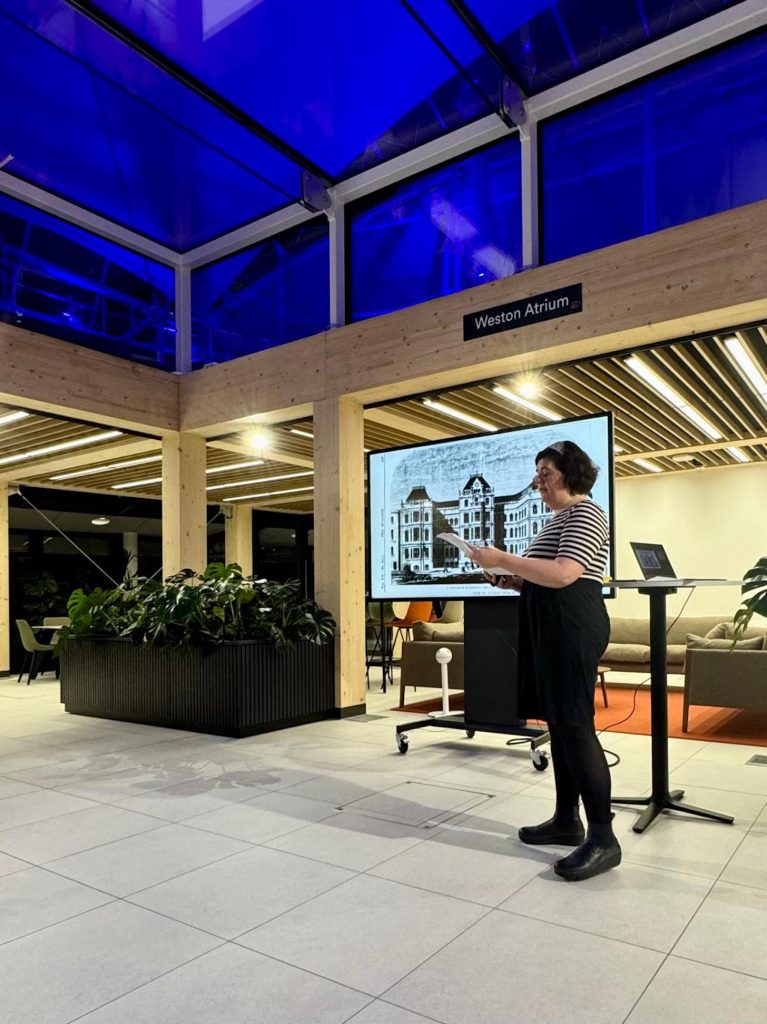
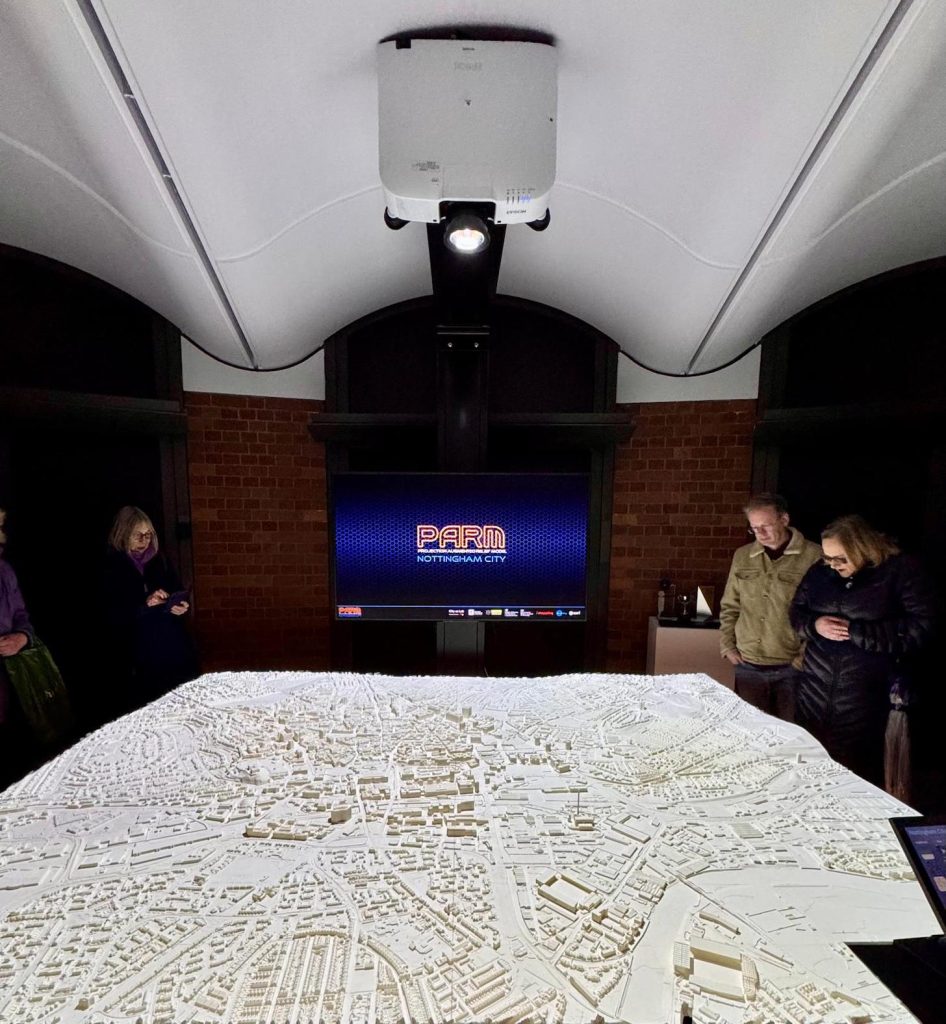
If you missed it, here’s a blog about TC Hine’s scrapbook from the Manuscripts & Special Collections Department. Many thanks to Dr Charlotte May and everyone at the University of Nottingham Manuscripts & Special Collections for inviting me, and to Dan Simpkin (@theparkestate) for the photos.
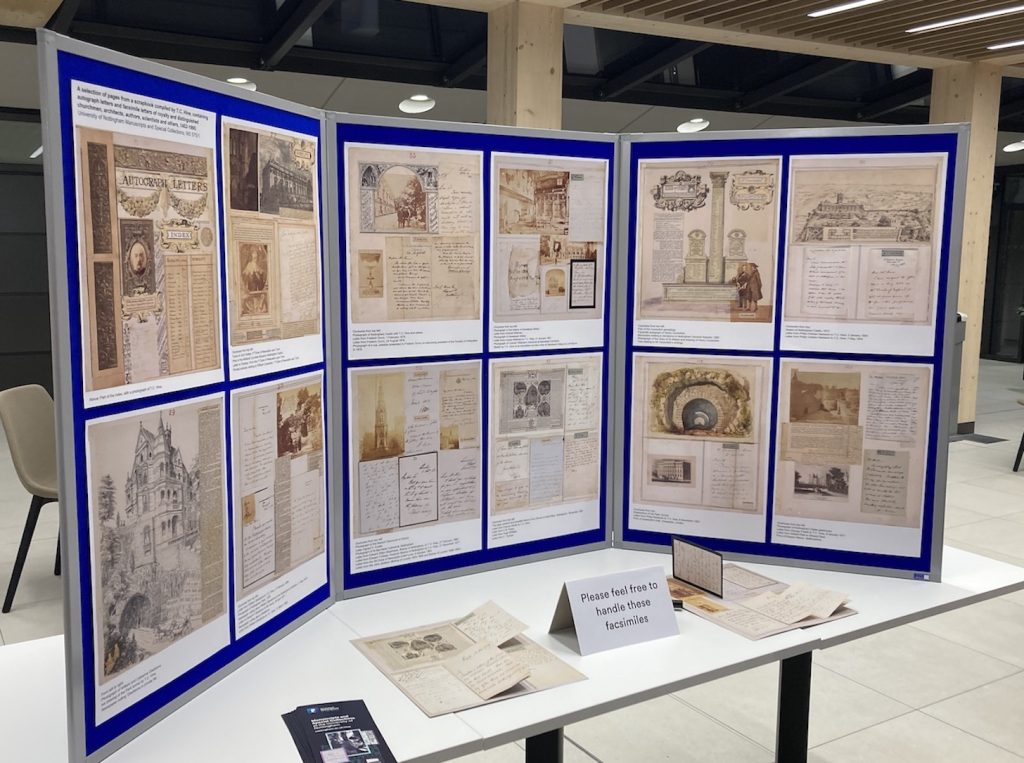
To continue the TC Hine theme, I’m offering my Hine Hike tour on Sunday 14 December, 11 am. This tour surveys the Nottingham city centre buildings of the Victorian architect Thomas Chambers Hine, from The Park Tunnel to The Lace Market and gives an introduction to his life and work.
The Hine Hike, 14 December, 11 am Tickets £20 each. Now also booking on Yuup.
News from The Castle Pub, part of Watson Fothergill’s Mortimer House, which features on The Watson Fothergill Walk.
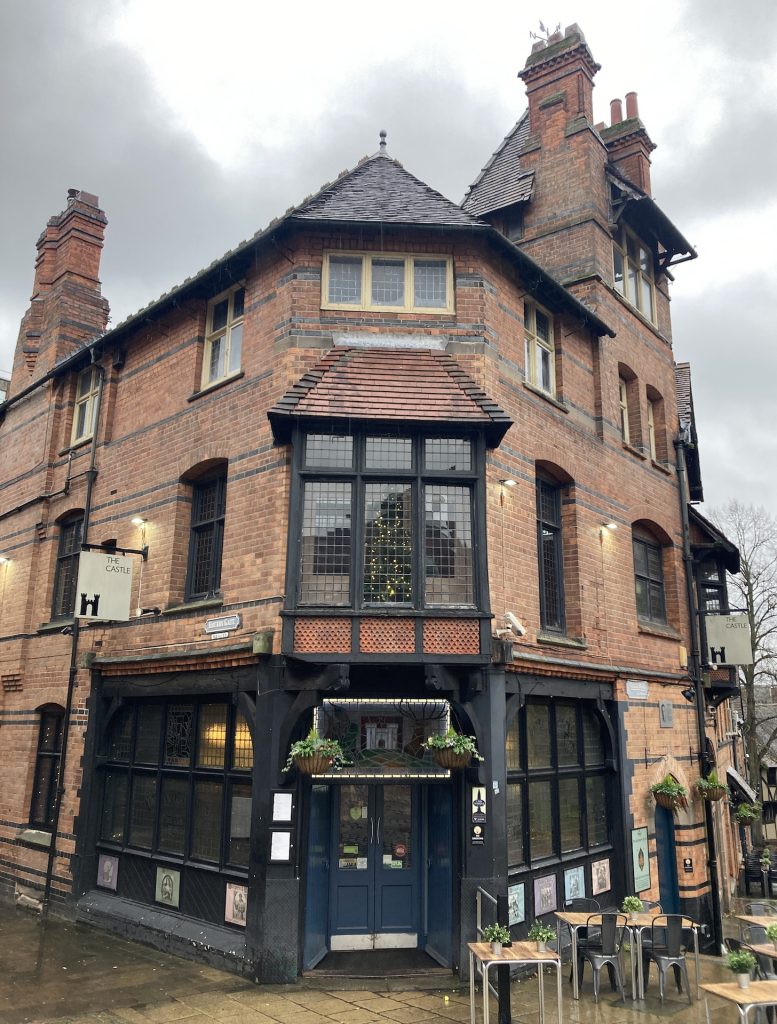
The upstairs function room of The Castle has been renovated and is ready for pre-Christmas bookings. I took a look around inside.
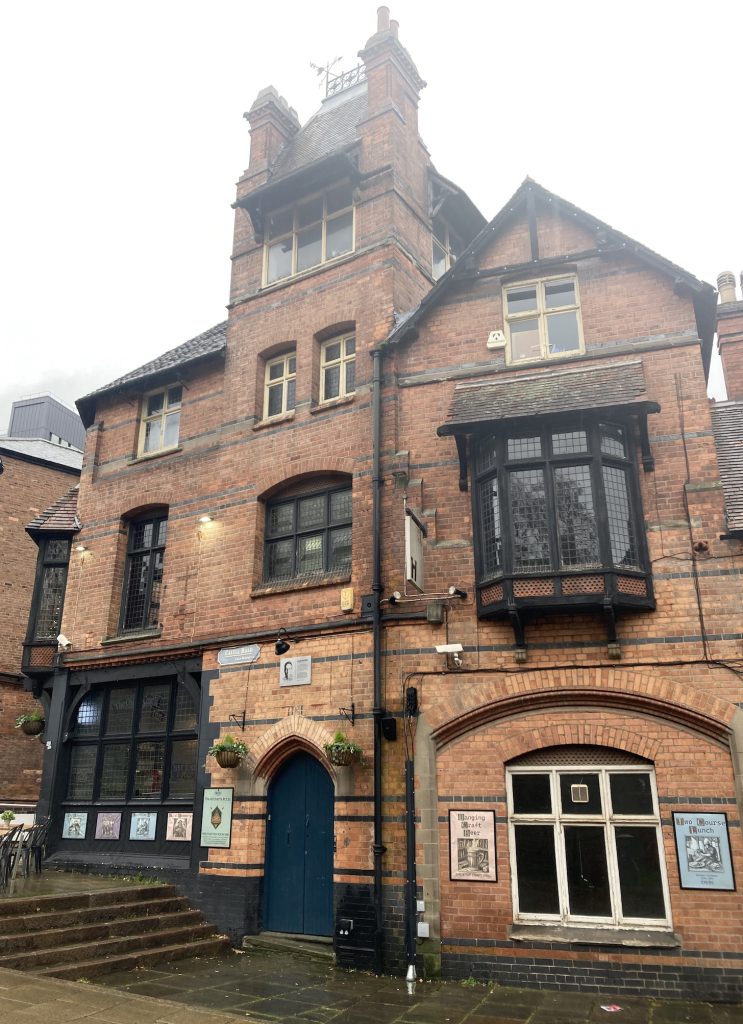
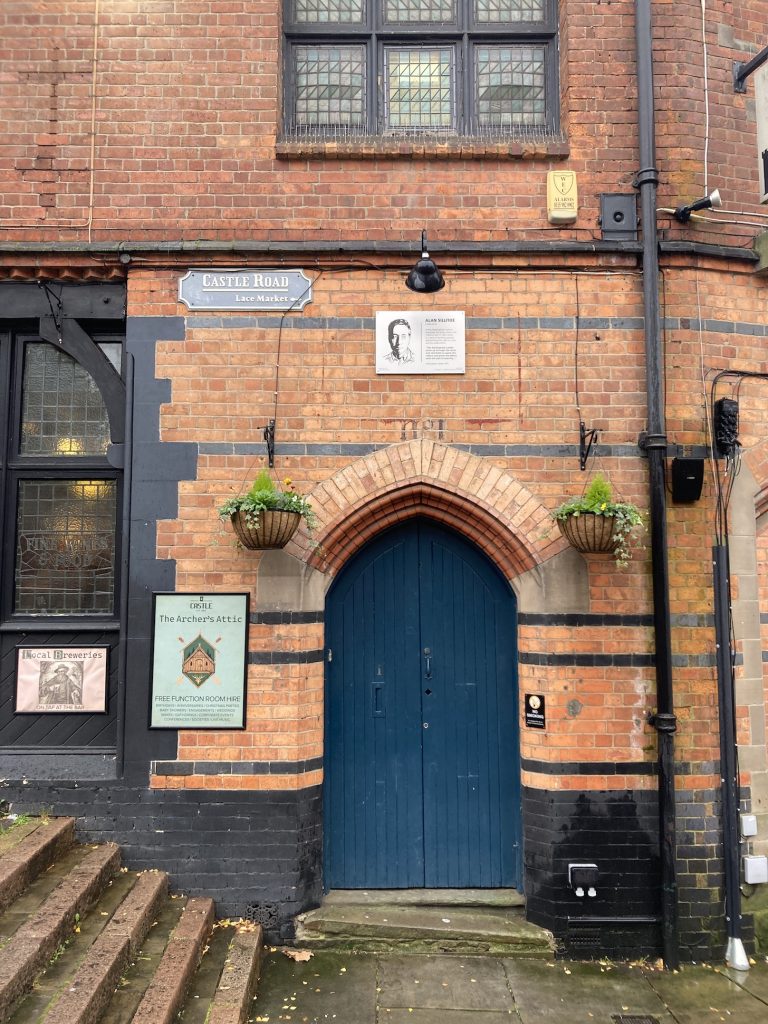
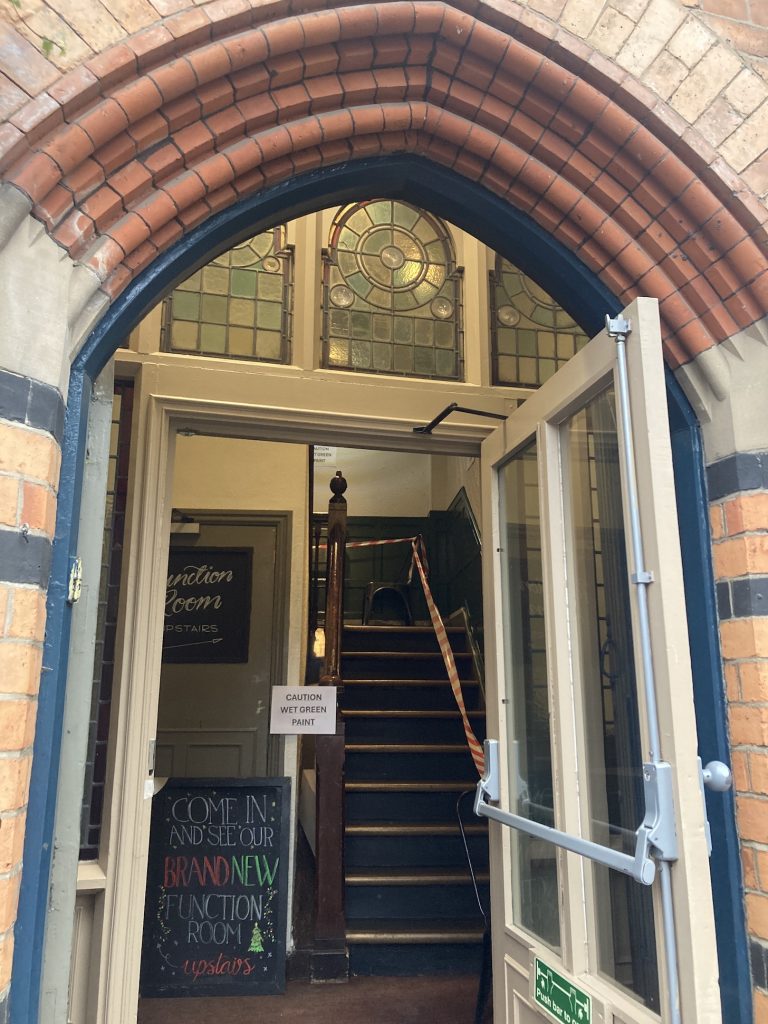
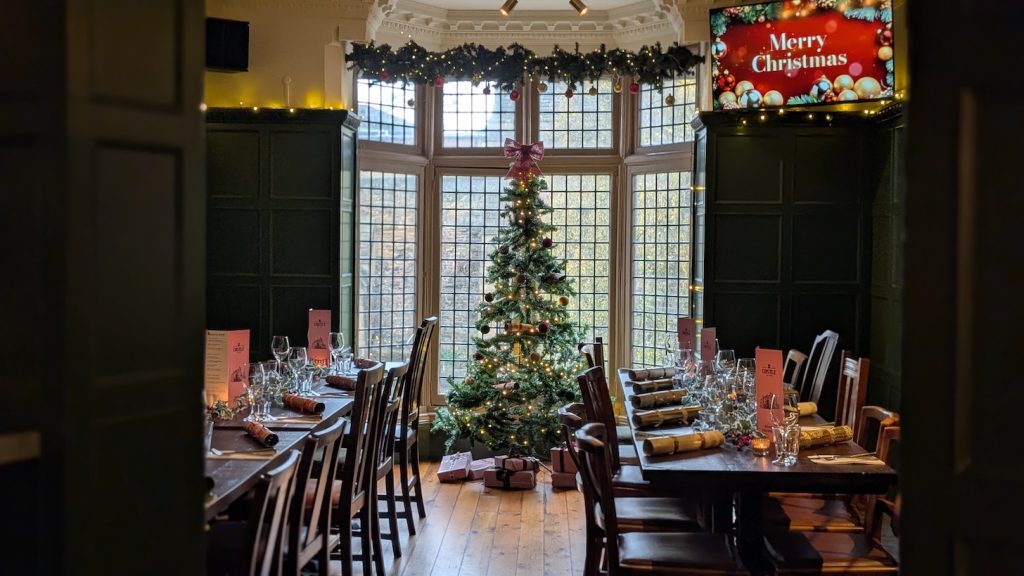
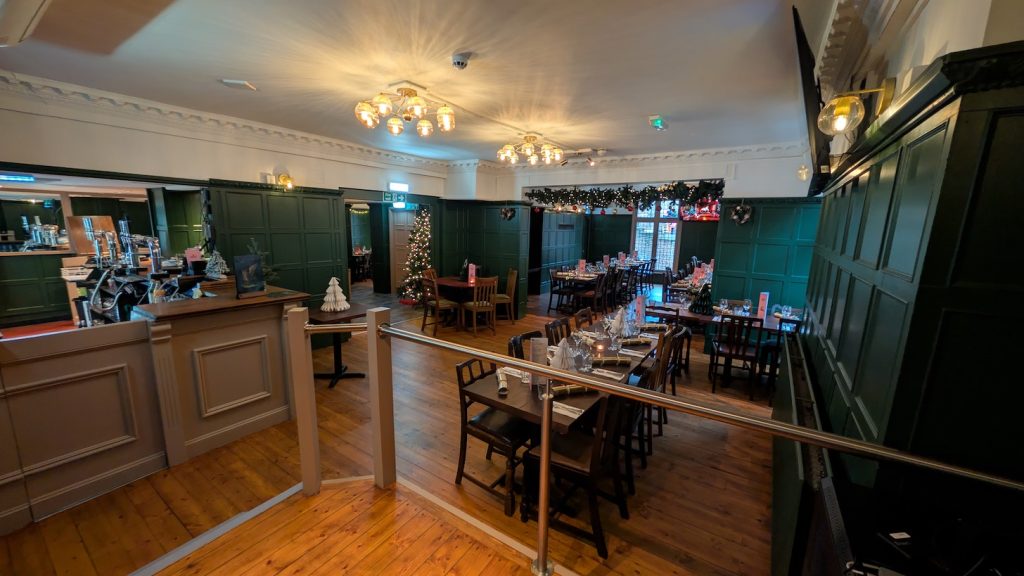
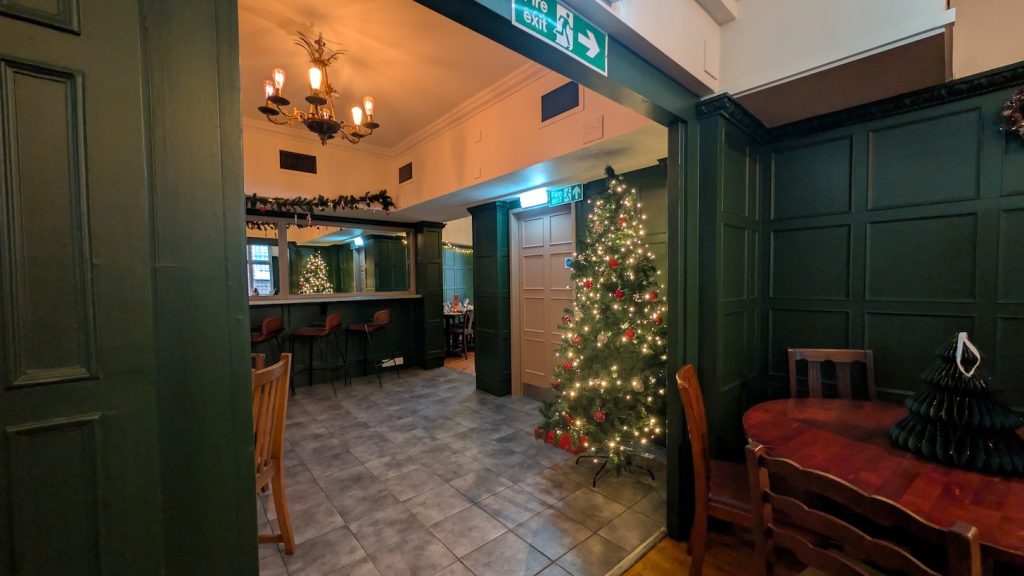
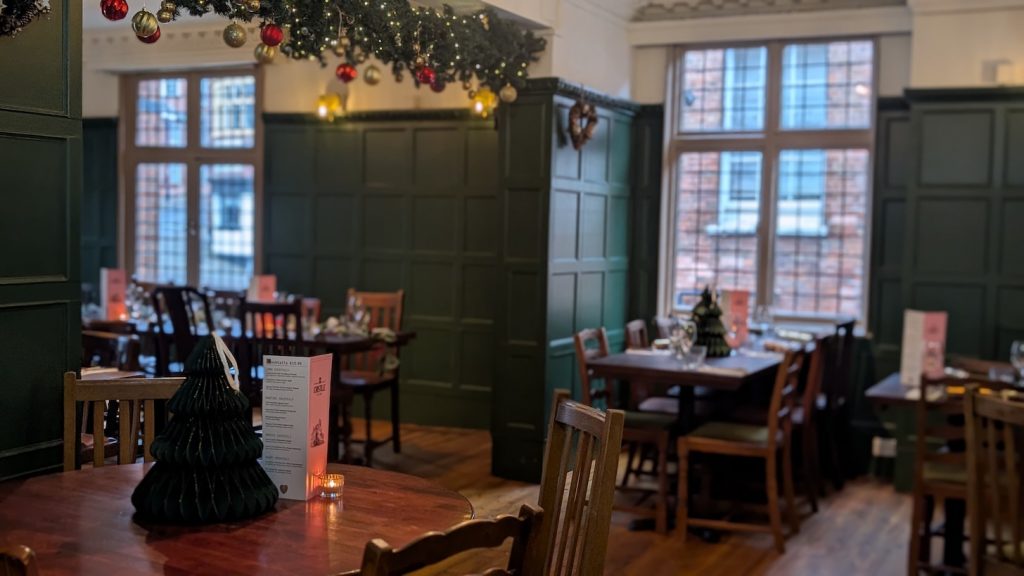
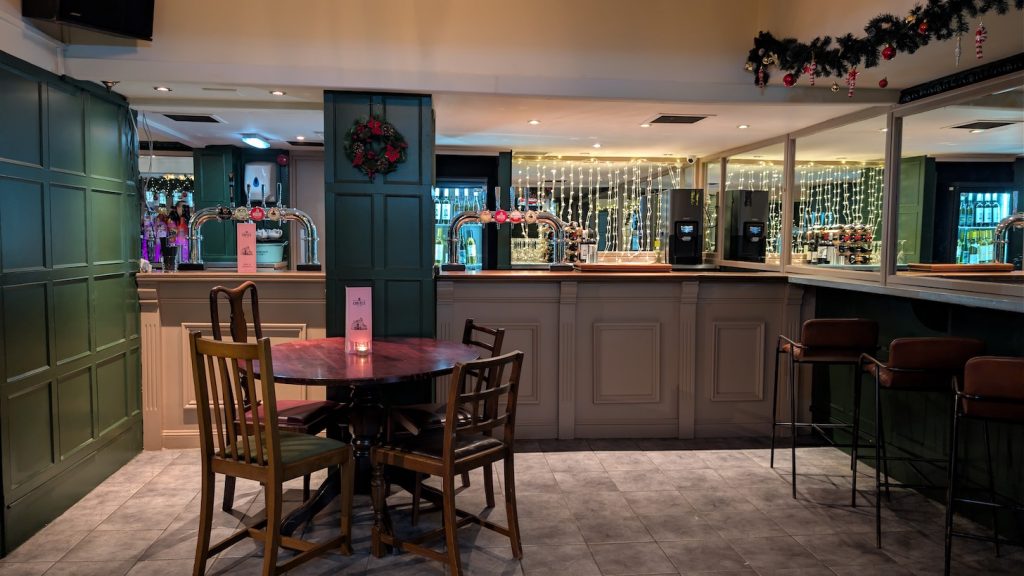
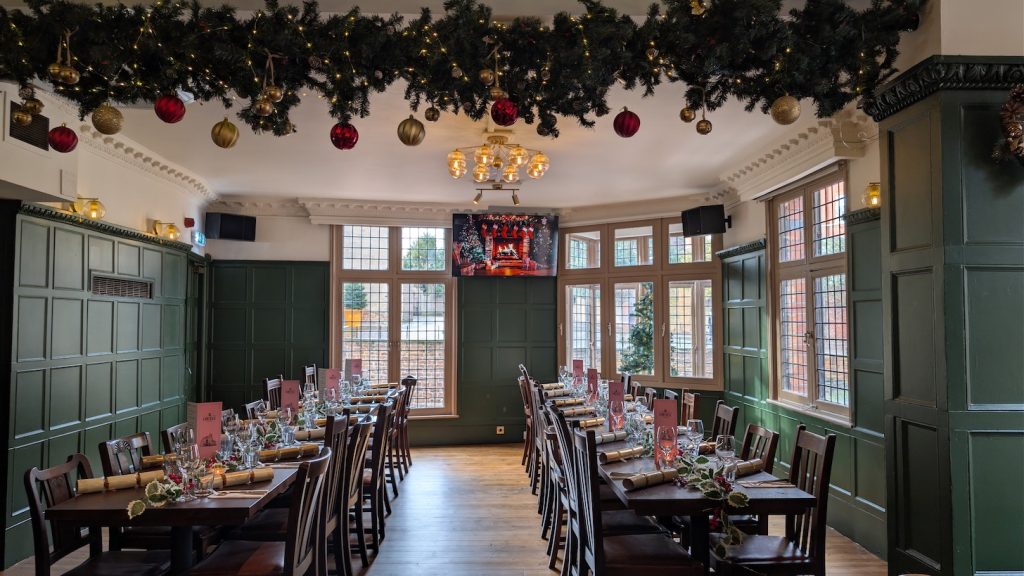
(Photos of the interior courtesy of Eversosensible/ The Castle Pub).
Upstairs in The Archer’s Attic (so called because there’s a great view of the Robin Hood statue), there is a bar, two dining areas with plenty of room for parties or group events, and even space for your own DJ. There’s info on capacity and more photos on the pub’s website. It’s free to hire the room, and they have some pre-Christmas availability so drop them a line if you’re interested in booking.
Mortimer House, which is also home to Fothergill’s Pub & Bistro, was built in 1882-83, and represents the Old English elements of Fothergill’s architectural style. Built for Clement Tate, a business man and surveyor, who was based in Nottingham at the time, the building was originally six houses with shops at either end. The Old Castle Inn, as it was then known, has been a public house since 1980, with a brief stint as The Fletcher and Firkin in the 1990s (look for the old Firkin doormat!) It had previously been a tea room, an antique shop and the office of a bankruptcy accountant! These days, it is a listed building and the final stop on my Watson Fothergill Walk guided tour.
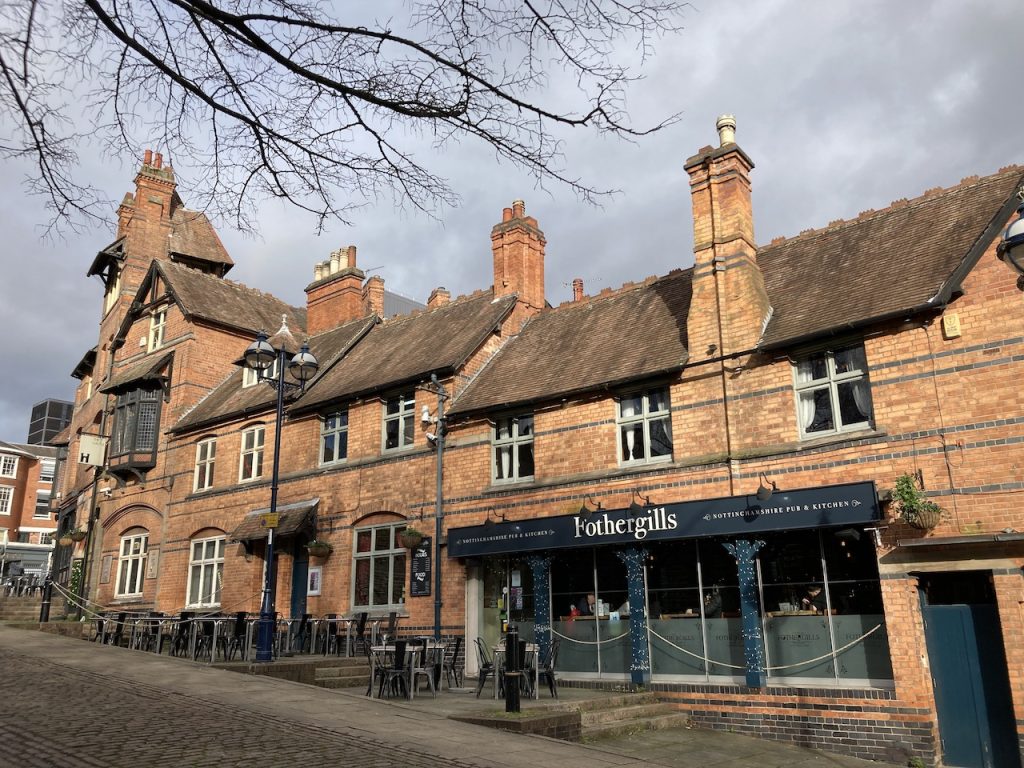
The Watson Fothergill Walk will be back in 2026, so make sure you are subscribed to receive dates as they are announced. Gift Vouchers for my tours are available from Gift Up, or you can book a private walk for small groups by contacting me via my website.
Thanks for reading Watson Fothergill Walk – Lucy Brouwer! Subscribe for free to receive new posts and support my work.
